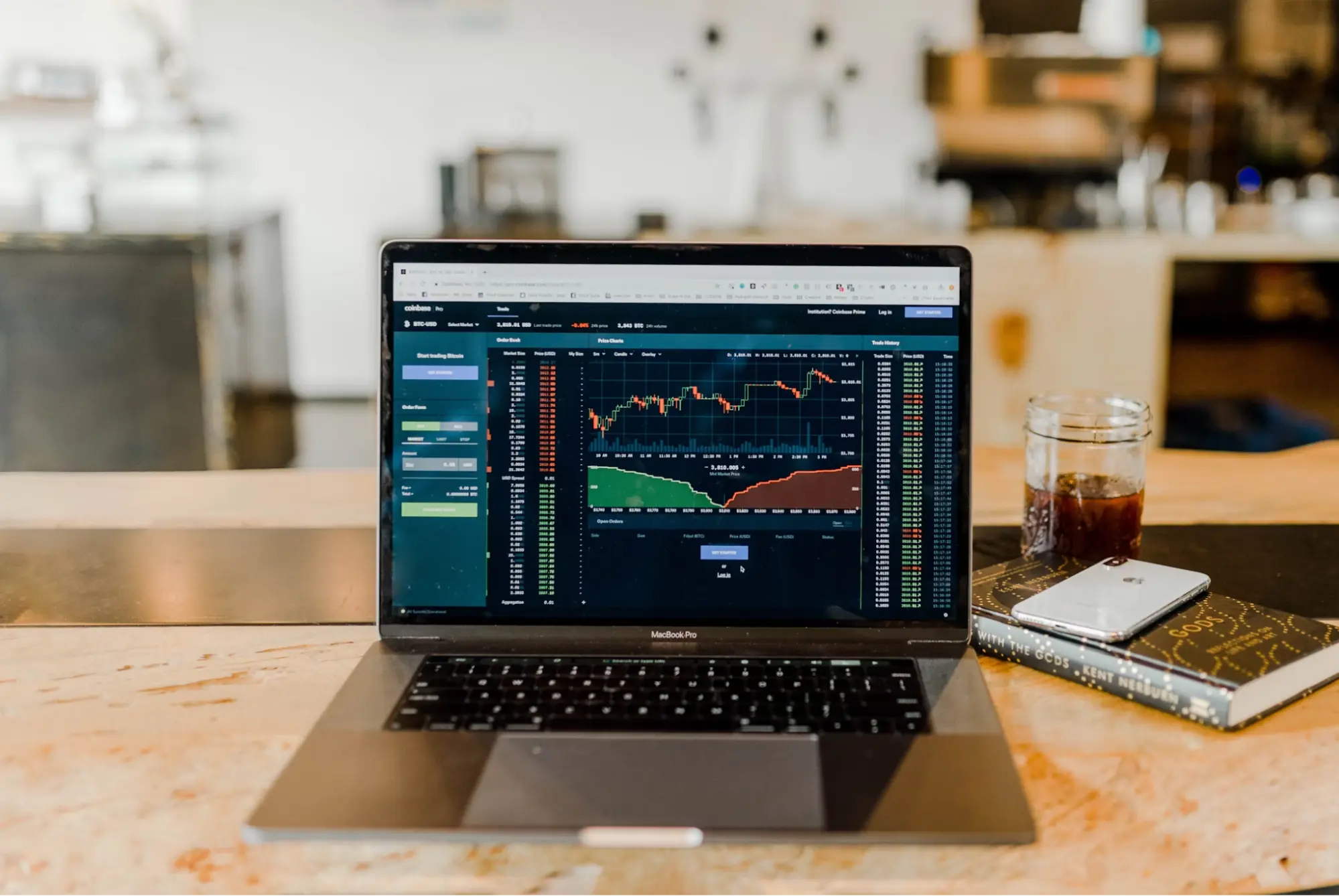BlockDAG Set for Exchange Listings That May Redefine Its 2025 Market Impact
When analyzing which crypto coins to watch, one of the strongest signals of future traction is a clear strategy for early exchange exposure. BlockDAG (BDAG) has confirmed a pipeline of centralized exchange (CEX) listings scheduled shortly after its mainnet rollout. This move is not just symbolic; it is expected to accelerate liquidity, expand access to markets worldwide, and bring BDAG into the spotlight of global trading platforms.
With nearly $381 million raised, more than 25 billion coins sold, and a return of 2,660% since the first batch, BDAG’s numbers already speak volumes. At the current batch 29 price of $0.0276, the presale stage has created a platform where early participation could align closely with listing-driven demand.
Why CEX Listings Drive Price Expansion
CEX listings are one of the most influential catalysts in crypto growth. By securing places on these high-traffic platforms, BDAG ensures exposure to audiences ranging from casual traders to larger institutional buyers. This access not only boosts visibility but also builds the conditions necessary for liquidity to deepen.

When liquidity expands, trading volumes rise, and price discovery tends to follow quickly. For BDAG, this means the gap between presale pricing and open market trading could become a major driver of upward pressure. Historical patterns in crypto reinforce this point: projects that combine strong fundamentals with timely exchange listings often see substantial price surges within their first weeks of public availability.
The emphasis on CEX access places BDAG firmly in the spotlight of crypto coins to watch, because it demonstrates a practical roadmap for market penetration rather than relying on speculation alone.
The Timing Advantage of Early Entry
Another factor fueling BDAG’s appeal is the timing of its presale relative to these confirmed listing events. Securing BDAG during batch 29 at $0.0276 provides an entry point that may not be available once liquidity pools open on major exchanges.
This timing advantage can be critical. With presale performance already showing a 2,660% ROI from batch 1 pricing, BDAG has demonstrated consistent upward momentum. If this trend continues, the move to multiple CEX listings could amplify that growth considerably.

For early participants, the alignment between presale completion and exchange rollout creates an opportunity that extends beyond speculative buying. It positions them ahead of the market when demand inevitably increases, especially from traders who prefer to operate only on major, regulated platforms.
Global Reach and Long-Term Market Positioning
While early price action is a key focus, BDAG’s confirmed exchange partnerships carry broader implications for its long-term presence. By being accessible on multiple CEX platforms, BDAG will no longer be confined to niche markets but instead reach millions of traders across continents, fiat gateways, and time zones.
This global accessibility helps transform BDAG into more than just a presale success story. It ensures continuous trading activity, greater resilience against market dips, and stronger positioning against competitors. Pairing this reach with nearly $381 million in presale funds raised shows that the project is preparing not just for an initial surge but for sustained adoption.

In the crowded field of crypto coins to watch, few projects combine this level of presale scale with such deliberate steps toward broad market availability. This calculated approach strengthens BDAG’s case as a serious contender for long-term relevance.
Final Thought
BlockDAG is building its momentum on more than hype. With over 25 billion coins already sold, a presale haul nearing $381 million, and a consistent 2,660% ROI since its earliest batches, the project has established a foundation that is hard to ignore.
Its upcoming centralized exchange listings provide a concrete, measurable pathway for price growth, market exposure, and global adoption. Instead of leaving its success up to chance, BDAG has outlined a plan that ties early support to tangible post-launch execution.
For those watching the next big moves in crypto, BDAG stands out as a project that has already achieved measurable milestones and is preparing for its next phase with precision. The window before these listings go live could prove to be one of the most defining entry points of 2025.

Presale: https://purchase.blockdag.network
Website: https://blockdag.network
Telegram: https://t.me/blockDAGnetworkOfficial
Discord: https://discord.gg/Q7BxghMVyu
Disclaimer: This content is a sponsored post and is intended for informational purposes only. It was not written by 36crypto, does not reflect the views of 36crypto and is not a financial advice. Please do your research before engaging with the products.
The post BlockDAG Set for Exchange Listings That May Redefine Its 2025 Market Impact appeared first on 36Crypto.
Vous aimerez peut-être aussi
Pavel Durov Challenges French Probe While Telegram Expands Web3 Plans

Japanese Finance Minister Katsunobu Kato: Will create a suitable environment for crypto assets
